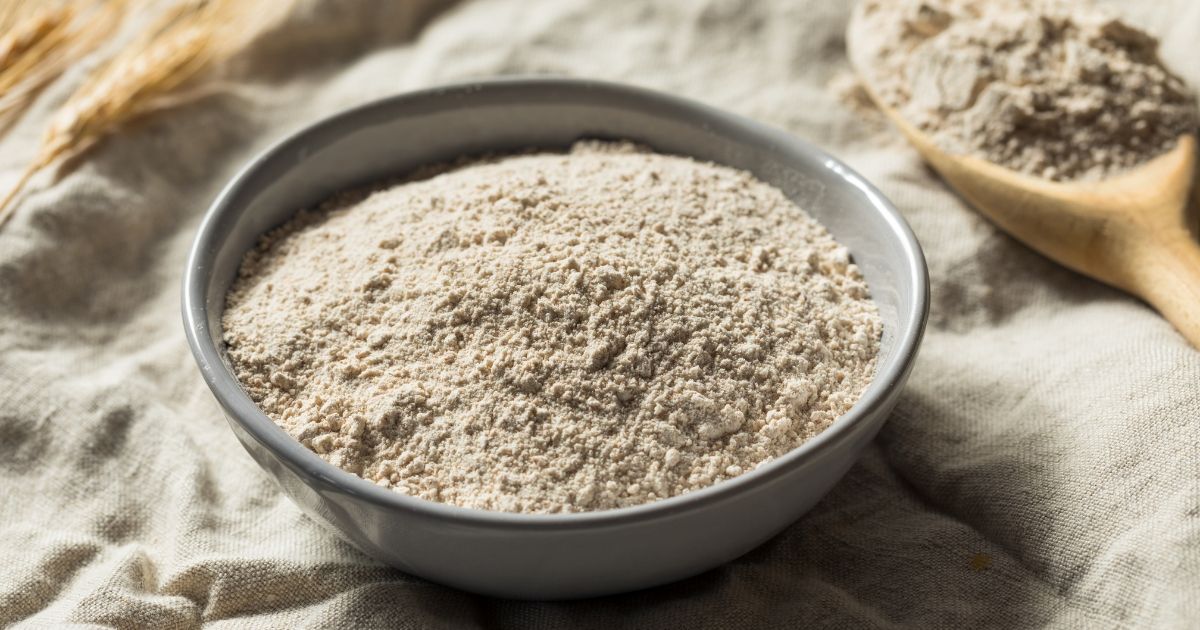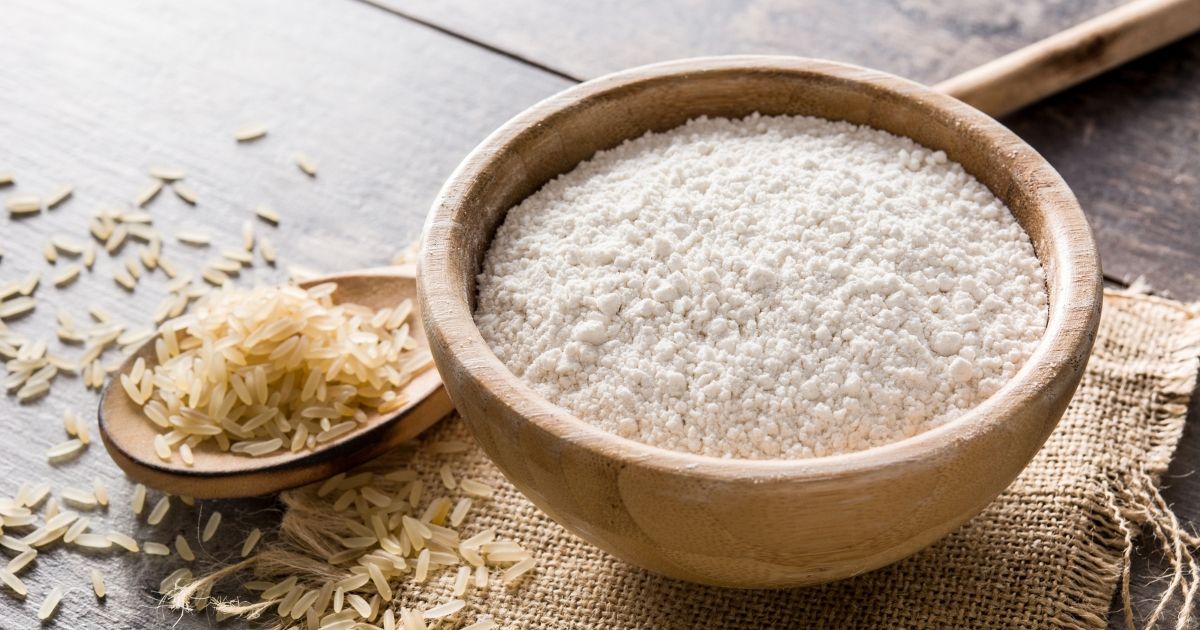Best Cornstarch Substitutes for Cooking and Baking
Explore a range of 10 Best Cornstarch Substitutes for your culinary needs. Whether you're cooking, baking, or thickening sauces, find the perfect alternative to suit any recipe.
Top Cornstarch Substitutes for Your Cooking and Baking Adventures
Cornstarch, a fine, powdery starch extracted from corn kernels, is a popular thickening agent used in cooking and baking. It's prized for its ability to create a smooth texture without altering the flavor of dishes. However, there are instances where you might find yourself without cornstarch or perhaps looking for a healthier or allergy-friendly alternative. Luckily, several substitutes can effectively replace cornstarch in various recipes.
Why Substitute Cornstarch?
Before diving into the substitutes, it's important to understand why one might need an alternative. Reasons vary from dietary restrictions and health concerns to simply running out of it in your pantry. Cornstarch is also a common allergen and not suitable for grain-free diets like paleo or keto.
Substitutes for Cornstarch:
1. All-Purpose Flour:
Usage: All-purpose flour is a common substitute for cornstarch. It's readily available and works well for thickening sauces, gravies, and soups.
Ratio: Use twice the amount of flour as cornstarch. If a recipe calls for 1 tablespoon of cornstarch, use 2 tablespoons of flour.
Considerations: Flour needs to be cooked a bit longer to remove the raw taste. It also tends to make sauces cloudier compared to the clear finish cornstarch provides.
2. Wheat Flour:
Usage: Similar to all-purpose flour, wheat flour can be used in the same ratio.
Benefits: It’s a whole grain alternative, offering more fiber.
Drawbacks: Like all-purpose flour, it can affect the clarity and flavor of your dish.
3. Arrowroot Powder:
Usage: Arrowroot is a great gluten-free alternative to cornstarch, best used for thickening sauces and gravies.
Ratio: Substitute in a 1:1 ratio for cornstarch.
Benefits: It produces a clear, shiny sauce and works well with acidic ingredients, unlike cornstarch.
4. Tapioca Starch:
Usage: Extracted from the cassava root, tapioca starch is an excellent thickener and suitable for gluten-free baking.
Ratio: Use a 1:1 ratio as a cornstarch replacement.
Benefits: It gives a glossy finish to sauces and is excellent for pies and sweets due to its natural sweetness.
5. Rice Flour:
Usage: Rice flour, particularly the white variety, can be used for thickening sauces and soups.
Ratio: Use twice the amount of rice flour in place of cornstarch.
Benefits: It’s gluten-free and offers a neutral flavor profile.
6. Potato Starch:
Usage: Another gluten-free option, potato starch is great for thickening sauces and gravies.
Ratio: Substitute in a 1:1 ratio.
Benefits: It provides a similar texture to cornstarch, but it’s not suitable for recipes involving high heat.
7. Ground Flaxseeds:
Usage: Ground flaxseeds can thicken soups and sauces and are a healthy alternative.
Ratio: Mix 3 tablespoons of water with 1 tablespoon of ground flaxseeds to replace 2 tablespoons of cornstarch.
Benefits: Flaxseeds are high in omega-3 fatty acids and fiber.
8. Guar Gum:
Usage: A powerful thickening agent used in gluten-free baking.
Ratio: Use a 1:4 ratio, as guar gum is much stronger than cornstarch.
Considerations: It can be tricky to use as it may clump if not blended properly.
9. Xanthan Gum:
Usage: Common in gluten-free baking, xanthan gum can replace cornstarch in dressings and ice creams.
Ratio: Like guar gum, use a smaller amount; about 1/4 of what the recipe calls for in cornstarch.
Considerations: Overuse can lead to a gummy texture.
10. Gelatin:
Usage: Gelatin can thicken sauces and soups but is mainly used in desserts.
Ratio: For each tablespoon of cornstarch, use 2 tablespoons of gelatin.
Considerations: Gelatin is animal-derived, so it’s not suitable for vegetarians or vegans.
Choosing the Right Substitute:
Choosing the right cornstarch substitute depends largely on the recipe you're making and any specific dietary needs or preferences. Here are some guidelines to help you select the most suitable alternative:
For Gluten-Free Options: Arrowroot powder, tapioca starch, potato starch, and rice flour are excellent choices. They work well in sauces, gravies, and gluten-free baking.
For Thickening Sauces and Gravies: Arrowroot powder and tapioca starch are ideal as they give a clear finish and do not alter the flavor of the dish. Potato starch also works well but is best added at the end of cooking.
For Baking: Rice flour can be a good substitute in baking recipes, especially for cakes and cookies. Tapioca starch and a blend of gluten-free flours can also be effective.
For Health-Conscious Cooking: Ground flaxseeds are an excellent choice, offering additional health benefits like omega-3 fatty acids and fiber. However, they are best used in recipes where a slight nutty flavor and grainier texture are acceptable.
For Cold Sauces and Dressings: Xanthan gum is an excellent stabilizer for cold sauces and dressings, as it does not require heat to activate.
For Dairy-Based Sauces: If you're making a dairy-based sauce, wheat flour or all-purpose flour can be a good option, as they blend well with dairy and create a creamy texture without affecting the flavor too much.
For Vegan or Vegetarian Dishes: Opt for arrowroot powder, tapioca starch, or guar gum, especially in recipes where gelatin is not suitable. These substitutes work well in a variety of dishes and maintain a plant-based profile.
For Sweet Pies and Desserts: Tapioca starch and arrowroot powder are favored for their ability to create a glossy finish and enhance the natural sweetness of fruits in pies and desserts.
For High-Heat Cooking: If your recipe involves a lot of cooking or frying at high temperatures, potato starch can be a better option as it has a higher tolerance for heat compared to cornstarch.
For Low-Carb or Keto Diets: Xanthan gum and guar gum are excellent choices as they are low in carbs and help in achieving the desired consistency without adding significant carbohydrates.
For Clear Soups and Broths: Arrowroot is particularly useful for thickening clear soups or broths where clarity is important, as it doesn’t cloud the liquid like flour or some other starches might.
Remember, when substituting, it’s important to consider not just the function of cornstarch in the recipe (like thickening or binding) but also the impact on the flavor and texture of the final dish. Experimenting with different substitutes may be necessary to achieve the desired outcome, as each substitute has its unique properties and ratios for replacement.
More Cornstarch Recipes
Blueberry Cheesecake Bars
Embark on a journey of decadence with these Blueberry Cheesecake Bars, a delightful dessert that combines the rich, creamy texture of cheesecake with the...
Fried Enoki Mushrooms
These spicy enoki mushrooms are irresistible with their golden exterior and tender interior. Battered and deep-fried enoki mushrooms are a crispy and tasty...
New York Cheesecake
New York Cheesecake is a cheesecake known for its rich, creamy texture and tangy flavor that comes from cream cheese and sour cream. This dessert, which...
Chicken Gnocchi Soup
This Homemade Chicken Gnocchi Soup is prepared with potato gnocchi, juicy chicken pieces, and fresh vegetables. One of the Olive Garden restaurant's favorite...
Baked Tofu
Baked Tofu is a versatile and hearty dish. If you're looking for a plant-based protein, this recipe is for you. You can try this excellent vegan recipe...


































